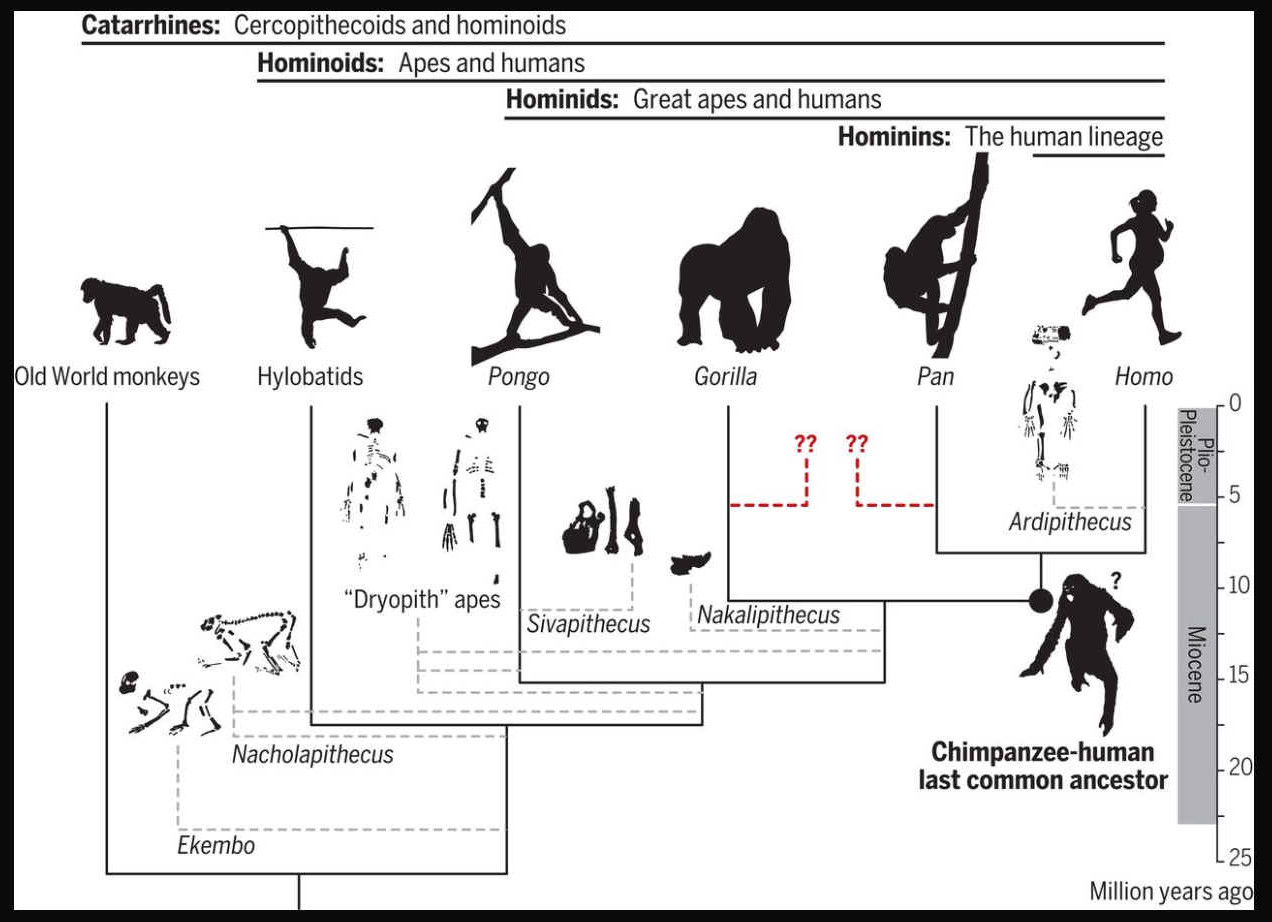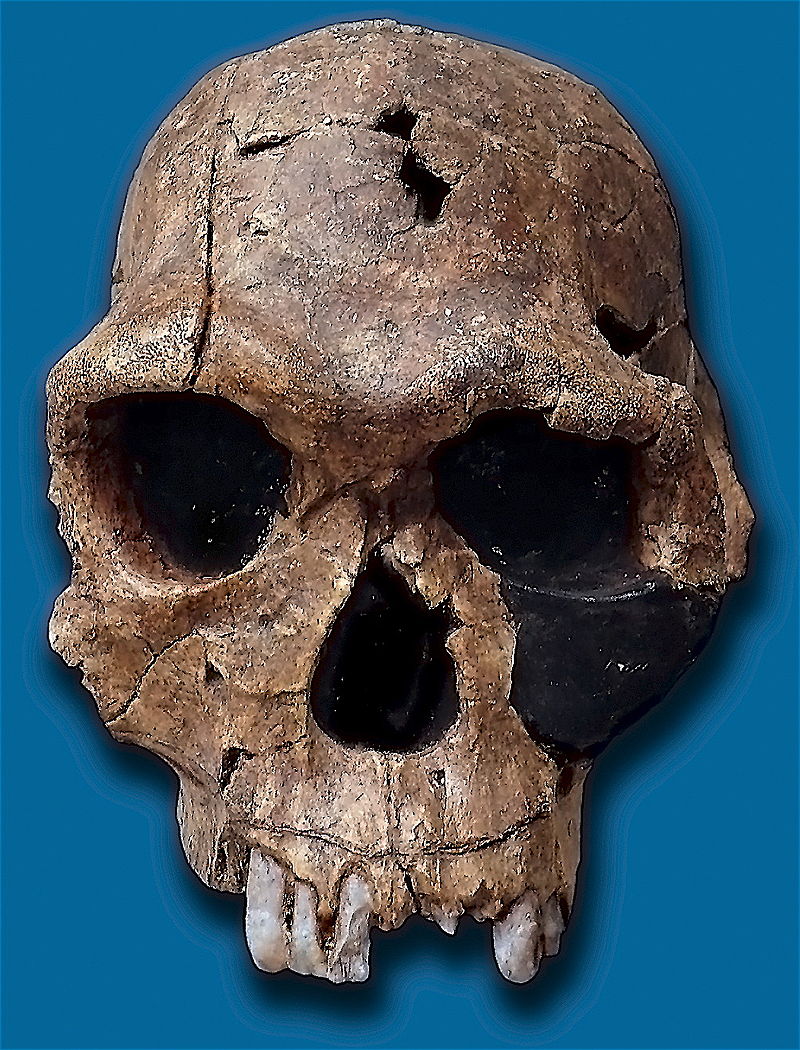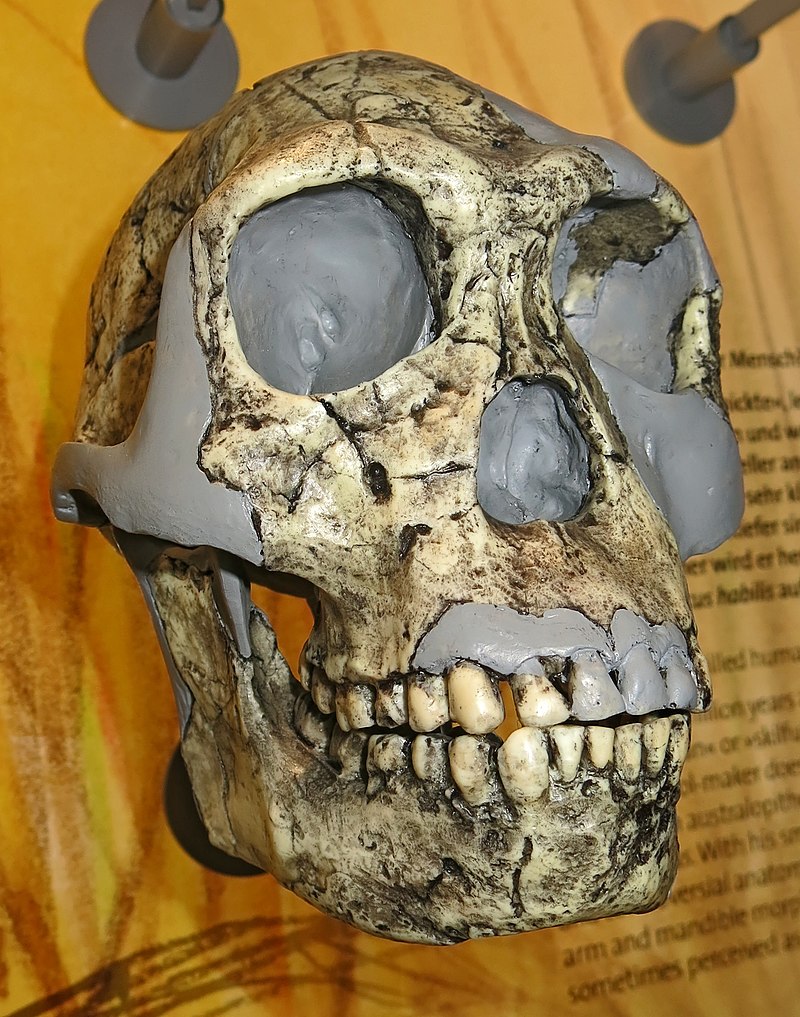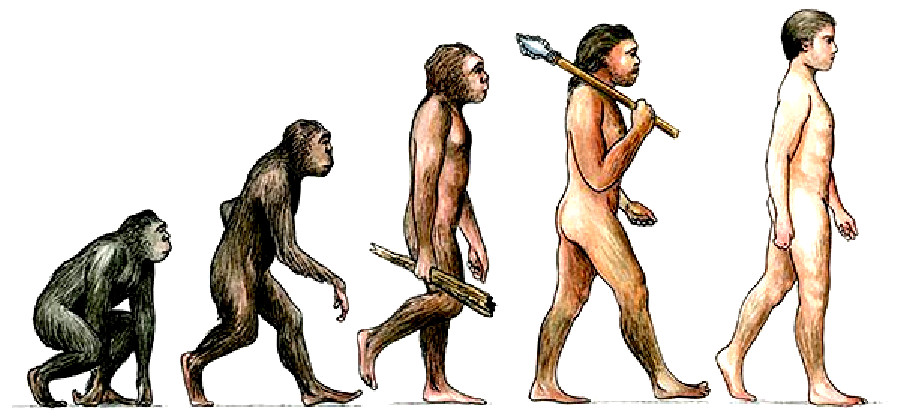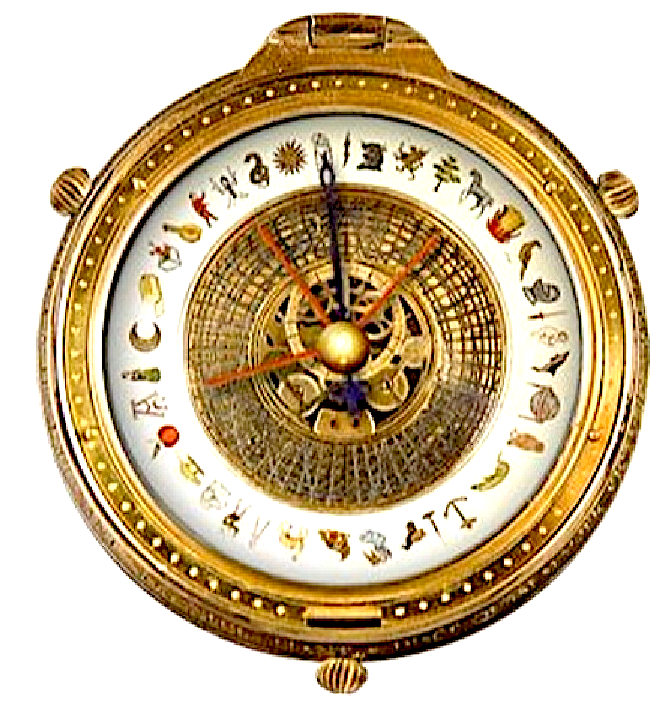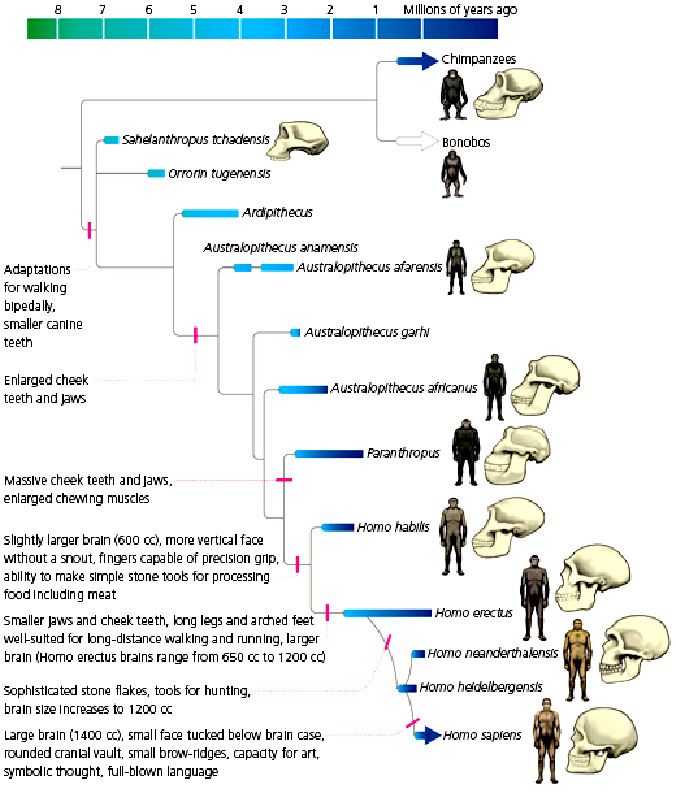|
H O M O H A B I L I S
|
|
|
|
|
How
we got here, and where we are going. Ever since the writings of Darwin and Huxley,
humans’ place in nature relative to apes (nonhuman hominoids) and the geographic origins of the human lineage (hominins) have been heavily debated. Humans diverged from apes [specifically, the chimpanzee lineage (Pan)] at some point between ~9.3 million and ~6.5 million years ago (Ma), and habitual bipedalism evolved early in hominins (accompanied by enhanced manipulation and, later on, cognition). To understand the selective pressures surrounding hominin origins, it is necessary to reconstruct the morphology, behavior, and environment of the Pan-Homo last common ancestor (LCA). “Top-down” approaches have relied on living apes (especially chimpanzees) to reconstruct hominin origins. However, “bottom-up” perspectives from the fossil record suggest that modern hominoids represent a decimated and biased sample of a larger ancient radiation and present alternative possibilities for the morphology and geography of the Pan-Homo LCA. Reconciling these two views remains at the core of the human origins problem.
Homo habilis ("handy man") is an extinct species of archaic human from the Early Pleistocene of East and South Africa about 2.31 million years ago to 1.65 million years ago (mya). Upon species description in 1964, H. habilis was highly contested, with many researchers recommending it be synonymised with Australopithecus africanus, the only other early hominin known at the time, but H. habilis received more recognition as time went on and more relevant discoveries were made. By the 1980s, H. habilis was proposed to have been a human ancestor, directly evolving into Homo erectus which directly led to modern humans. This viewpoint is now debated. Several specimens with insecure species identification were assigned to H. habilis, leading to arguments for splitting, namely into "H. rudolfensis" and "H. gautengensis" of which only the former has received wide support.
Like contemporary Homo, H. habilis brain size generally varied from 500–900 cm3 (31–55 cu in). The body proportions of H. habilis are only known from two highly fragmentary skeletons, and is based largely on assuming a similar anatomy to the earlier australopithecines. Because of this, it has also been proposed H. habilis be moved to the genus Australopithecus as Australopithecus habilis. However, the interpretation of H. habilis as a small-statured human with inefficient long distance travel capabilities has been challenged. The presumed female specimen OH 62 is traditionally interpreted as having been 100–120 cm (3 ft 3 in – 3 ft 11 in) in height and 20–37 kg (44–82 lb) in weight assuming australopithecine-like proportions, but assuming humanlike proportions she would have been about 148 cm (4 ft 10 in) and 35 kg (77 lb). Nonetheless, H. habilis may have been at least partially arboreal like what is postulated for australopithecines. Early hominins are typically reconstructed as having thick hair and marked sexual dimorphism with males much larger than females, though relative male and female size is not definitively known.
KANIS REX - HOMO SAPIENS SUPERIOR
Man took millions of years to develop from the apes, into Homo Sapiens Sapiens, king of the primates until John Storm was accidentally injected with a CRISPR virus developed by Brazilian scientists working for the secret society; NeuWelt Rittertum. The amateur anthropologist was later forced to undo damaging alterations to his DNA, in so doing creating a new species, physically and mentally superior to Homo S. Sapiens; named Homo Sapiens Superior, or Kanis Rex. These modifications were sufficient in scope to place him well and truly in a new class. Progressing from Homo Sapiens Sapiens, to become the king of men genetically.
The modifications, only possible with the CyberCore Genetica™ super computer, combined with the BioCore™ brain implant - and Hal's AI, were not just to his mental and muscular capabilities, but also to his physical frame; his skeleton. Which is now stronger and lighter. All of which in the natural world, would have taken a million or so years to have achieved, assuming there would have been a clear natural selection advantage.
Sahelanthropus Homo sapiens Homo Sapiens Superior (Kanis Rex)
EVOLUTION
The "out of Africa" migration took place in at least two waves, the first around 130,000 to 100,000 years ago, the second (Southern Dispersal) around 70,000 to 50,000 years ago. H. sapiens proceeded to colonize all the continents and larger islands, arriving in Eurasia 125,000 years ago, Australia around 65,000 years ago, the Americas around 15,000 years ago, and remote islands such as Hawaii, Easter Island, Madagascar, and New Zealand between the years 300 and 1280 CE.
The Cup of Christ is the Holy Grail, that has never been found, in all searches through the ages.
|
|
|
|
|
|
Please use our GOLDEN COMPASS to examine the facts, or retrace your path HOME and begin afresh
This website is Copyright © 2023 Cleaner Ocean Foundation and Jameson Hunter Ltd.
|
